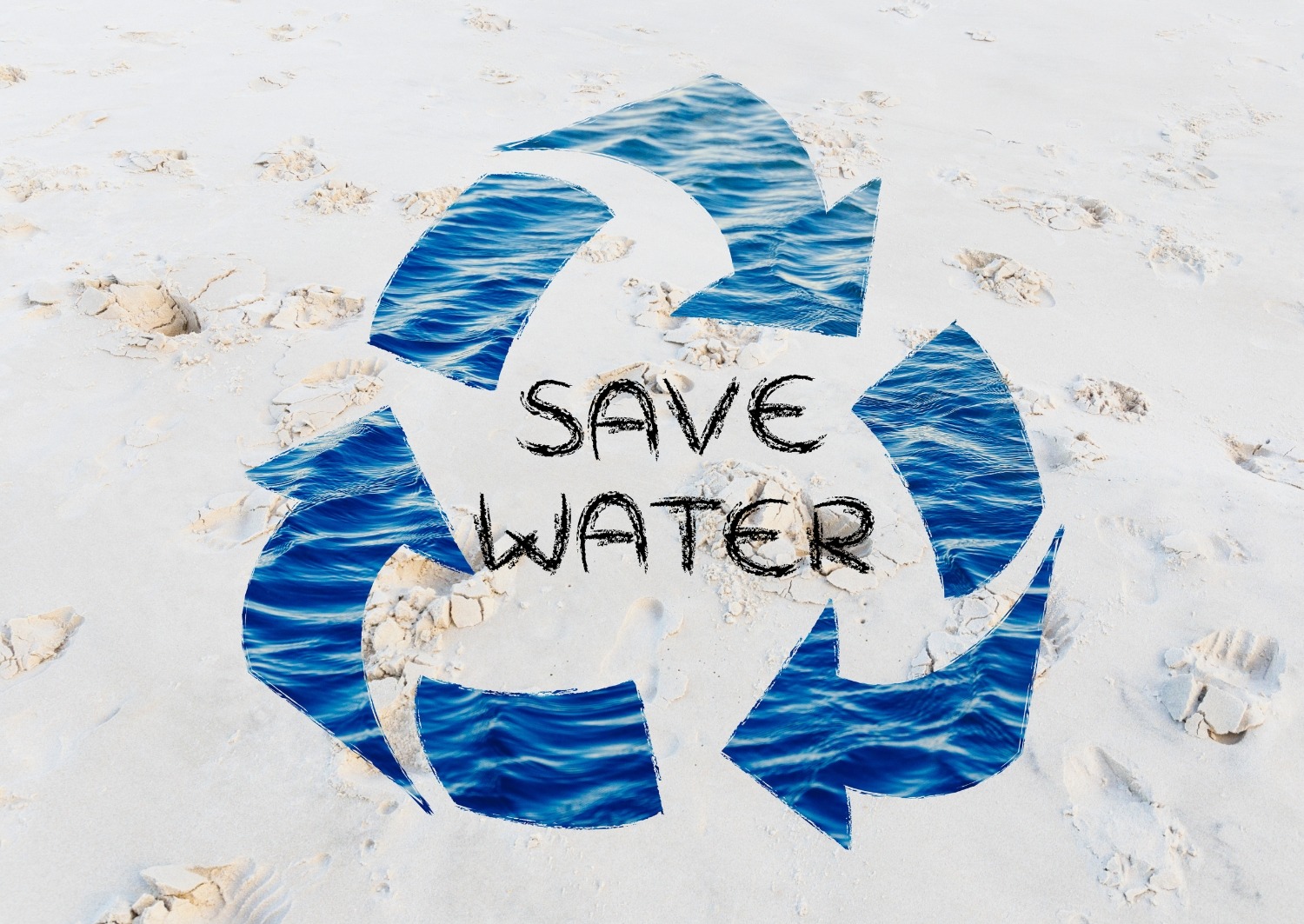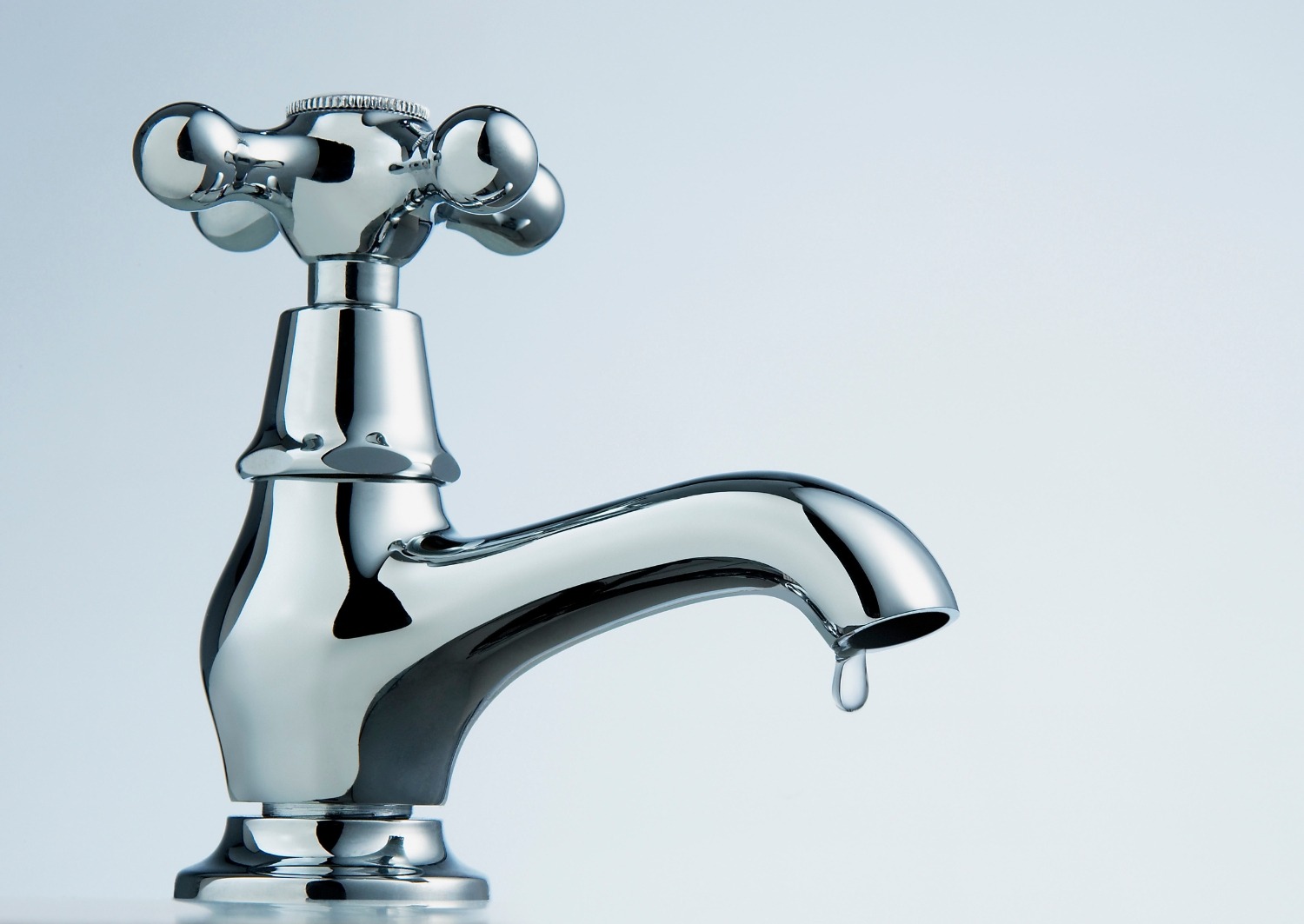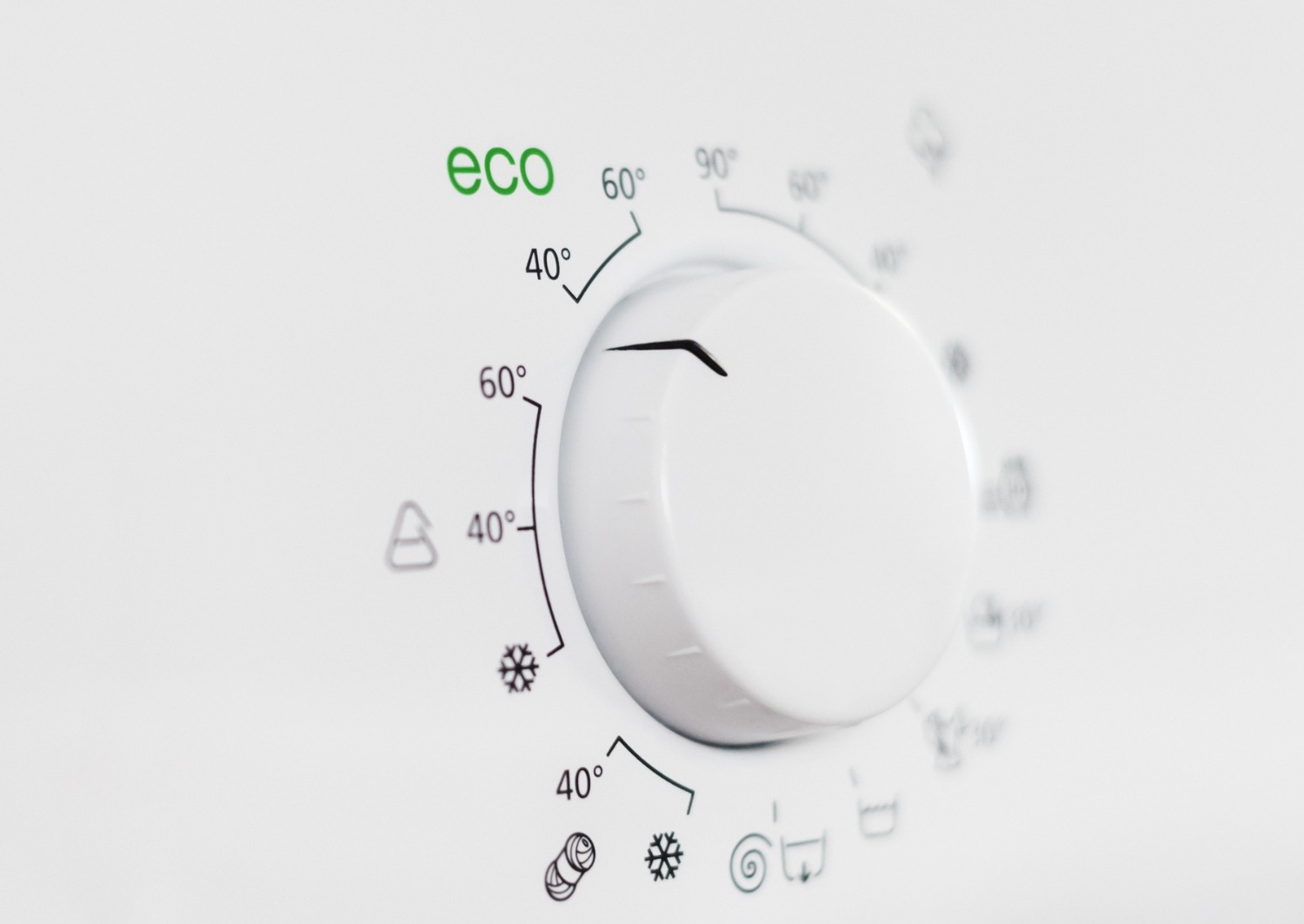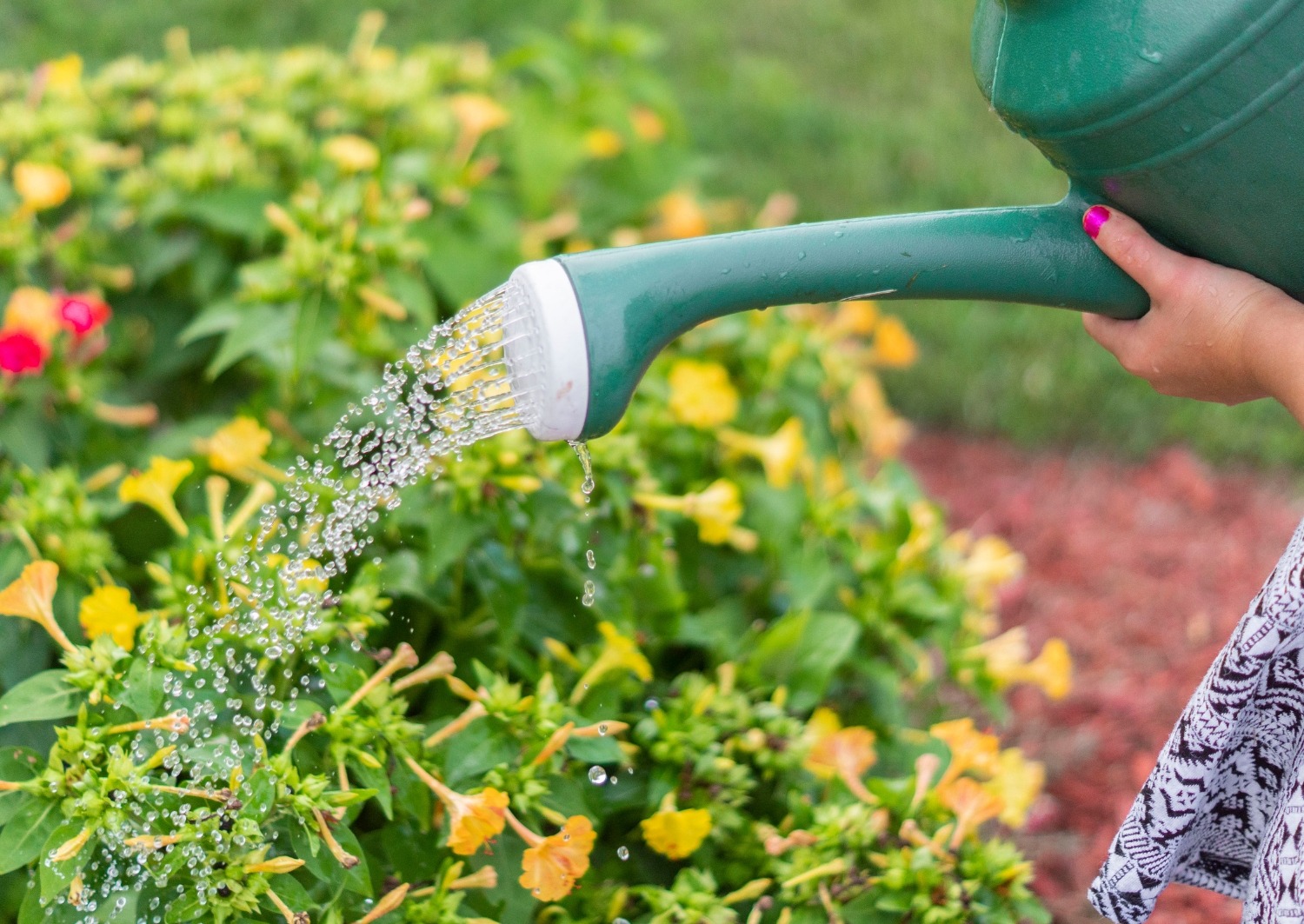Water is a precious resource that we all rely on every day.
With the United Nations estimating that the world’s population hit the 8 billion mark in November 2022, and climate change making water supplies more unpredictable, it’s clear that we all need to be taking steps to save water.

Waterwise’s Water Saving Week, which runs from 15th to 19th of May this year, is an annual online event promoting awareness of the issues around water including reducing water waste, managing climate change, helping communities thrive, saving money during the current cost of living crisis and lowering our carbon footprint. It’s up to us all to consciously think about how we use water and what steps we can take to reduce our consumption.
We’ve compiled some helpful water-saving tips and tricks, along with some water stats that make for very interesting reading.
Stats to Make Your Eyes Water
- Less than 1% of the water on our ‘Blue Planet’ is accessible fresh water, with around 90% contained in the Antarctic ice
- Water companies in the UK treat and supply almost 18 billion litres of water every day
- Daily water usage for the average person in the UK is around 142 litres
- A typical household in the UK spends 18% of its energy bill on heating water
- Flushing the toilet accounts for around 30% of home water usage
- A leaking toilet could be wasting up to 400 litres of clean drinking water per day
- A running tap uses 6 litres of litre per minute
- A dripping tap can waste around 15 litres of clean drinking water every day
- It takes around 80 litres of water to fill a bath
- The average showerhead uses 12 litres of water per minute, with a power shower using about 15 litres and an energy efficient shower head 7-8 litres
- Showering for just one minute less saves around 10 litres of water
Water Saving Tips & Tricks

First and foremost, check for leaks! With an estimated 5-8% of UK toilets leaking at any one time and 460 million litres of water lost through dripping taps each year, this is the simplest way to stop water and money literally draining away. It could be as simple as just changing the washer.
Instal a water meter – most people are more careful when paying for the amount of water they actually use. An unexpected jump in your bill could also act as an early warning that you’ve got a leak somewhere.
Use cold water rather than hot when it makes sense to do so.
Saving Water in the Bathroom

You can effectively cut the amount of water you use for your ablutions in half by switching to short showers (5 minutes or less) instead of running a full bath, and putting the plug in the wash basin every time you wash your hands or face will save around 2 litres every time.
Upgrading your shower head to a more efficient, single spray model is another relatively easy way to cut down on water. A 10 minute power shower can use up to 150 litres of water, while a 5 minute shower in an efficient shower uses only 35 litres.
Making sure the taps are turned off while you brush your teeth is another easy step to take. If the average Brit cleans their teeth twice a day for two minutes, turning the tap off could save 24 litres per day, that’s nearly 100 litres for a family of four.
Taps that are activated by motion sensor have a huge water saving advantage over manually operated taps as they are designed to function only when activated by the user’s hands. The flow of water is controlled to a set volume or time period, meaning that the taps can’t be left running accidentally.
Reduce water waste by switching to toilets that are more water efficient. Dual flush toilets have two buttons that flush different amounts of water through the system, depending on what you need to flush away, and can be retro fitted on existing toilets. They generally use between 4-6 litres of water, as opposed to traditional style systems which use up to a whopping 13 litres per flush.
Saving Water in the Kitchen

Aerators that are easily attached to your kitchen tap spouts are designed to reduce the flow of water, thus saving both water and money.
Switching from handwashing to dishwashing dirty pots and pans saves around 6000 litres a year and you can save another 1000 litres by not pre-rinsing your dishes before they go into the machine. If you haven’t got a dishwasher, washing up in a bowl rather than under the tap will reduce water wastage by around 50%.
Make sure washing machines and dishwashers are full before using them and remember to use the eco setting.
Only fill the kettle with the amount of water you need. According to UKTIA’s 2022 Tea Census, eight out of 10 Brits regularly waste water by overfilling the kettle when making a cuppa.
Keep a large bottle of tap water in the fridge to ensure you can have chilled water on hand, rather than running the tap and wasting around 4 litres of water each time you want a cold glass of water.
Saving Water in the Garden

Water butts are a fantastic (and completely free) way to harvest rain-water – it’s not as though we don’t have enough of it in the UK! Use it for non-potable purposes like watering plants or washing the car.
Swap out your garden hose or sprinkler for a watering can. Hosepipes left running typically use about 1,000 litres an hour, which equates to more than 12 baths. If you have to use them, attach a trigger nozzle to halve the flow of water and use early or late on in the day when the water is less likely to evaporate.
Share your water-saving efforts on social media with the hashtag #WaterSavingWeek


